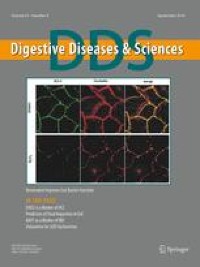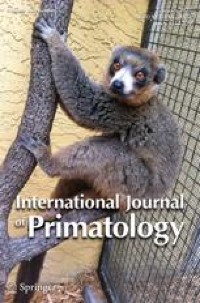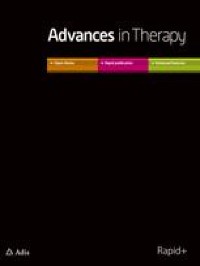Abstract
Introduction
Micro- and macrovascular complications of diabetes are leading morbidities in the world population. They are responsible not only for increased mortality but also severe disabilities, which jeopardize quality of life (e.g., blindness, walking limitations, and renal failure requiring dialysis). The new antidiabetic agents (e.g., glucagon-like peptide 1 receptor agonists and sodium–glucose cotransporter inhibitors) are increasingly recognized as breakthrough agents in the treatment of diabetes and prevention of diabetic complications. However, drugs effective in preventing and treating diabetic disabilities are still needed and sulodexide could be one of those able to address the unmet clinical needs of the new antidiabetic agents.
Methods
We searched MEDLINE, EMBASE, the Cochrane Central Register of Controlled Trials, and the World Health Organization (WHO) International Clinical Trials Registry Platform Search Portal. We also manually searched potentially relevant journals, conference proceedings, and journal supplements. Any study monitoring any effect of sulodexide in subjects with diabetes, in relation to renal, vascular, and ocular complication, was considered. Treatment effects were estimated using standardized mean differences (SMDs), mean differences (MDs), and risk ratios (RRs), as appropriate. We calculated 95% confidence interval (CIs) and heterogeneity (Q, tau, and I2).
Results
The search found 45 studies with 2817 participants (mean age 57 years; 63% male). The 26 randomized controlled studies included 2074 participants (mean age 58.8 years; 66% male). Sulodexide reduced the impact of diabetic retinopathy; increased the pain-free and maximal walking distance in peripheral arterial disease; accelerated the healing of diabetes-associated trophic ulcers; and decreased the rate of albumin excretion in subjects with nephropathy. The risk of adverse events (AEs) was not different between sulodexide and controls.
Conclusion
Sulodexide has a beneficial effect on the ocular, peripheral arterial disease, trophic ulcers, and renal complications of diabetes without increasing the risk of AEs.








